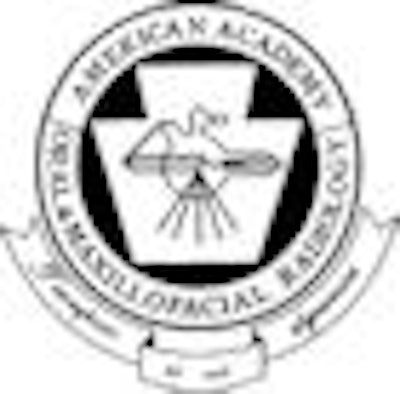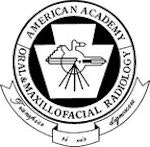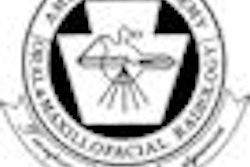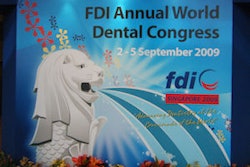
Back in 1969, as a first-year resident in what was then known as oral radiology, Axel Ruprecht, D.D.S., M.Sc.D., found time passed a bit more slowly. Pantomography and intraoral radiographs were the standard, and the first generation of CT scanners was just emerging on the clinical practice horizon.
The American Academy of Oral and Maxillofacial Radiology (AAOMR) was a bit different then, too, Dr. Ruprecht recalled in an interview with DrBicuspid.com.
"I've been involved with the AAOMR since 1970," said Dr. Ruprecht, who is now the director of oral and maxillofacial radiology at the University of Iowa. "In fact, I might be the oldest active member who is really still in practice. I remember when we didn't meet at decent hotels!"
Dr. Ruprecht, past president of the AAOMR, the Canadian Academy of Oral and Maxillofacial Radiology, and the American Board of Oral and Maxillofacial Radiology (ABOMR), is slated to give the H. Cline Fixott Memorial Lecture at the 60th AAOMR annual meeting in Louisville, KY, next month (October 21-25). His talk will look back at the past 40 years of oral and maxillofacial radiology in the U.S. and Canada.
 |
Dr. Ruprecht will share these and many other anecdotes during his hour-long lecture at the upcoming AAOMR conference. But he will also take a more serious look at the role technology has played -- and continues to play -- in the evolution of this specialty.
"Technology has dramatically changed the volume of data we can process on desktop computers," he said. "When I started doing CTs for implants about 20 years ago, it took 20 minutes just to get through the procedure, and then there was the processing time on top of that. Now the entire image capture and display process takes a matter of seconds."
“Dentistry has evolved in a way that has been very positive for us in radiology.”
— Axel Ruprecht, D.D.S., M.Sc.D.
Digital records and the Internet have also helped expand the number of cases he and his colleagues at the University of Iowa can review, which has, in turn, enhanced patient care, Dr. Ruprecht noted.
"It used to be that to do advanced investigations requiring CT, patients would have to come here, sometimes from several hundred miles away," he said. "Now they can go to an office near them and the image data can be sent here electronically."
In addition, using the Internet and discussion groups has dramatically reduced the sense of isolation and made it easier to do consults and discuss complex cases with colleagues, he noted. In addition to working with practitioners at the school, his department deals with a large number of specialty providers outside of the university, sending and receiving CT data over a secure, HIPAA-compliant link.
"The whole concept of electronic health records and digital imaging makes it much easer to communicate with dental practitioners in almost real-time," he said. "It has revolutionized how we interact with each other."
The growing popularity of cone-beam CT is positively affecting oral and maxillofacial radiology as well, Dr. Ruprecht noted. His department currently handles 130 to 140 referral cases a month -- 99.9% of which are cone-beam CT, he said -- and he expects this number to continue to grow dramatically.
"Dentists -- especially oral and maxillofacial surgeons and orthodontists -- are buying more cone-beam systems, and they are concerned about the liabilities involved with misinterpretation if they don't have adequate training," he said. "Dentistry has evolved in a way that has been very positive for us in radiology."
Copyright © 2009 DrBicuspid.com



















